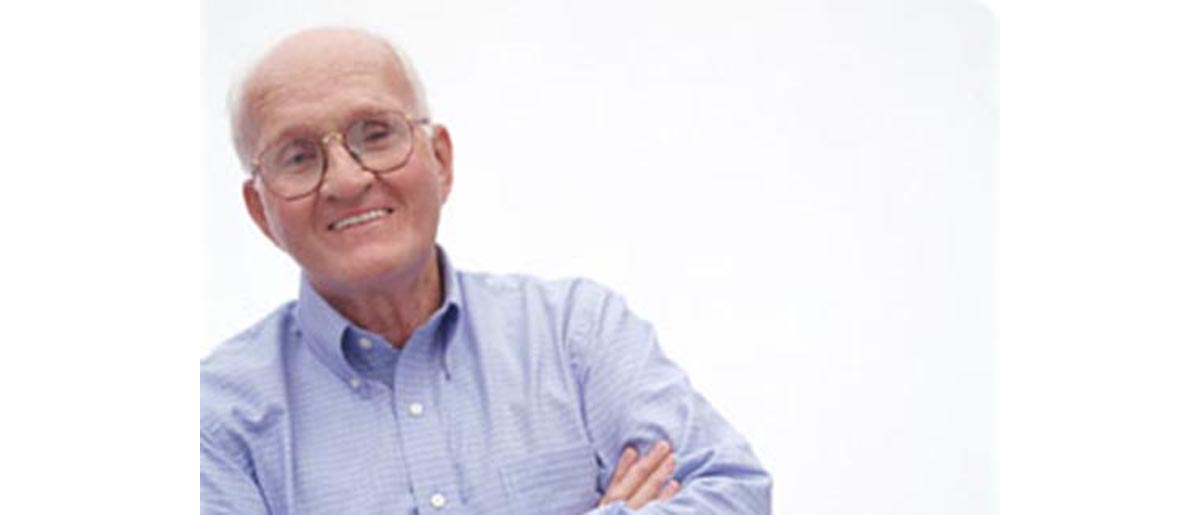Table of Contents

History and incidence of Parkinson’s disease
Parkinson's disease was first formally recognized and its symptoms documented in 1817 in an essay on the Shaking Palsy by the British physician Dr James Parkinson. The associated biochemical changes in the brain of the patients were identified in the 1960s. After Alzheimer’s disease, Parkinson disease is the most common neurodegenerative disease. An estimated 4 to 6 million people have been diagnosed with Parkinson's disease. There are over 1.5 million in China alone. The greatest prevalence is the U.S.A., with between 100 and 250 cases per 100,000.
Pathophysiology of the condition
Parkinson disease is actually caused by the damages to the dopamine pathways in our brain. There are four major dopamine pathways in the brain;
- The nigrostriatal pathway, which mediates movement and is the most conspicuously affected in early Parkinson's disease. The mesocortical,
- The mesolimbic,
- The tuberoinfundibular.
These pathways are associated with:
- volition and emotional responsiveness;
- desire,
- initiative,
- reward;
- sensory processes
- maternal behavior
The reduction in dopamine along the non-striatal pathways is the likely explanation for much of the neuropsychiatric pathology associated with Parkinson's disease.
Symptoms of Parkinson’s disease
Since Parkinson disease primarily affects movement, in most cases, we are talking about motor symptoms. However, there are many other non-motor symptoms such as various mood, behavior, thinking, and sensation disorders.
Motor symptoms
- tremor
- rigidity
- bradykinesia / akinesia
- postural instability
- Shuffling: gait is characterized by short steps, with feet barely leaving the ground, producing an audible shuffling noise. The patients tend to trip over small objects.
- Decreased arm swing
- Stooped, forward-flexed posture. In severe forms, the head and upper shoulders may be bent at a right angle relative to the trunk
- Festination: a combination of stooped posture, imbalance, and short steps. It leads to a gait that gets faster progressively, often ending in a fall.
- Gait freezing: characterized by inability to move the feet, especially in tight, cluttered spaces or when initiating gait.
- Dystonia: abnormal, sustained, painful twisting muscle contractions
- Hypophonia: soft, hoarse, and monotonous speech.
- Festinating speech: excessively rapid, soft, poorly-intelligible speech.
- Drooling: most likely caused by a weak, infrequent swallow and stooped posture.
- Dysphagia: impaired ability to swallow
- masked facies
- difficulty rolling in bed or rising from a seated position;
- micrographia (small, cramped handwriting);
- impaired fine motor dexterity and coordination;
- impaired gross motor coordination;
- Overall loss of accessory movements
Non-motor symptoms
Mood disturbances
- depression
- anxiety or panic attacks
- apathy or abulia
Cognitive disturbances
- slowed reaction time
- executive dysfunction
- dementia
- memory loss
- medication effects
Sleep disturbances
- Excessive daytime somnolence;
- Initial, intermediate, and terminal insomnia;
- Disturbances in REM sleep
Sensation disturbances
- impaired visual contrast sensitivity
- dizziness and fainting
- impaired proprioception
- loss of the sense of smell
- pain
Autonomic disturbances
- oily skin and seborrheic dermatitis;
- urinary incontinence
- constipation and gastric dysmotility:
- altered sexual function

